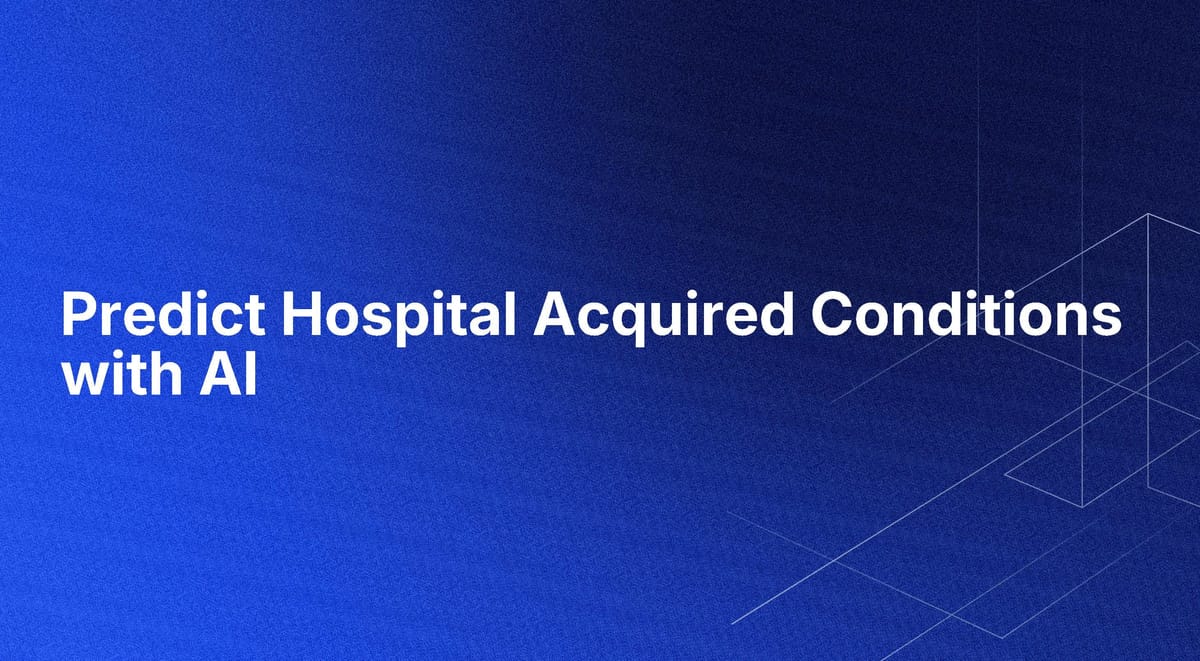Predict Hospital Acquired Conditions with AI

Leveraging AI for Proactive Healthcare Management
Overview
The healthcare industry is constantly evolving, driven by the need to deliver higher quality patient care while reducing costs. Hospital acquired conditions (HACs) such as infections, falls, and other complications arise during hospital stays and represent significant challenges. These complications not only lead to additional healthcare costs but also adversely affect patient outcomes.
Problem Statement
Hospital acquired conditions are medical issues that patients develop during their stay, which were not present at the time of admission. These conditions, which include infections and falls, lead to worse patient outcomes, higher mortality rates, and increased healthcare expenses. Despite extensive preventive guidelines, many HACs occur due to gaps in care practices, resulting in roughly $2 billion in excess costs annually in the U.S. Moreover, hospitals with high HAC rates face financial penalties through reduced reimbursements.
Solution Overview
Generative AI offers a promising solution to tackle the issue of hospital acquired conditions by predicting which patients are most at risk. By analyzing a wide range of data such as patient diagnosis, medical history, and other relevant factors like length of stay, AI models can generate propensity scores. These scores indicate the likelihood of a patient developing a specific type of HAC. Additionally, AI can highlight the key risk factors contributing to each patient's score, allowing clinicians to understand and mitigate potential threats effectively. Implementing such a solution requires integrating AI algorithms with hospital information systems to ensure real-time data analysis and actionable insights. Hospitals can leverage existing patient data to train AI models, continuously updating them to improve predictive accuracy. The deployment involves collaboration among data scientists, healthcare IT specialists, and clinical professionals to seamlessly incorporate AI outputs into everyday clinical workflows. Overall, this AI-driven approach not only helps save patient lives by enabling proactive care but also ensures financial benefits for hospitals by preventing HAC-related costs and maintaining full reimbursement levels. Consequently, hospitals can re-invest saved resources into enhancing overall patient care and community health.





